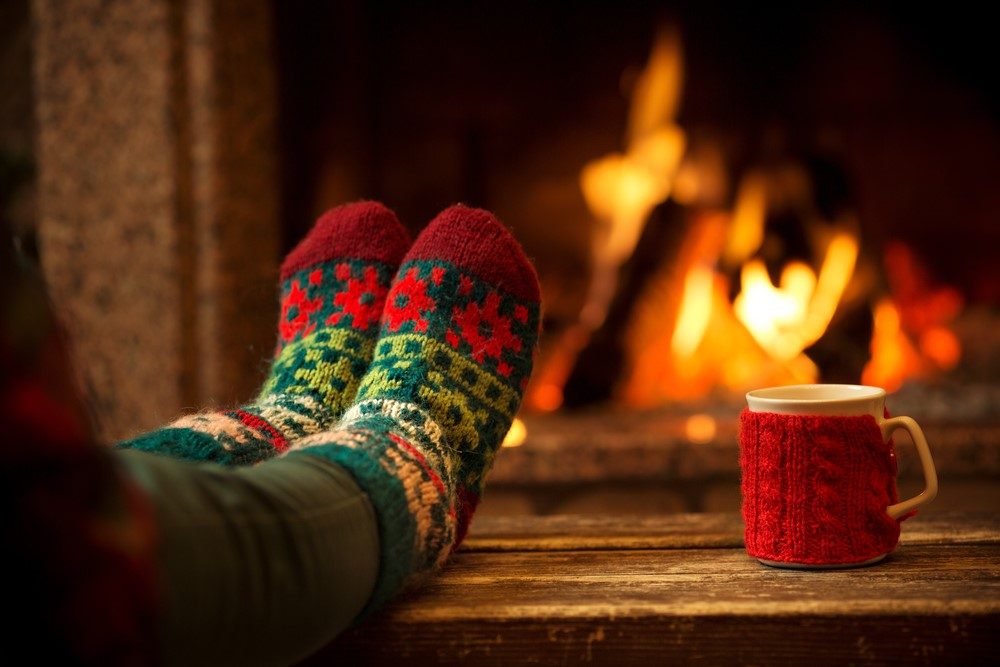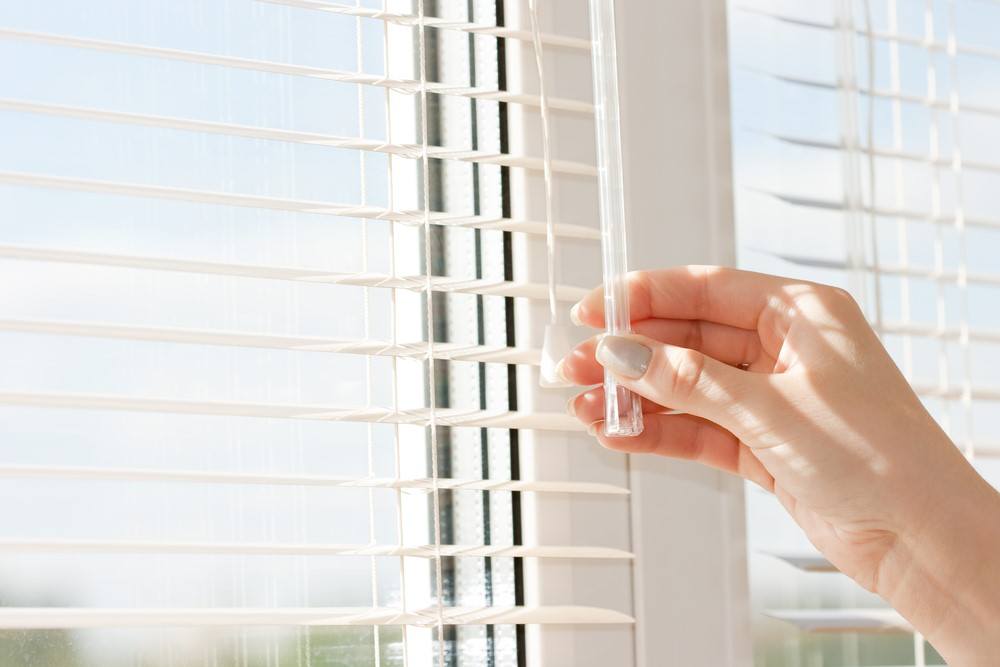6 ways to conserve energy as you prepare for Winter

Winter is coming to an end and many people are looking forward to the beautiful autumn and winter months ahead. As the sun is starting to set earlier and earlier, we are gradually turning off the air conditioners around the house, and instead are trying to keep it warm and cozy inside.
That, however, comes at a price; so before we are entirely flipping the switch from cooling to heating mode, let’s take a look at six ways to conserve energy as we prepare for winter.
1- Controlling the Heat
First, you should know that you can save approximately three percent on heating costs for every one degree you lower the thermostat, according to the Alliance to Save Energy.
In fact, you should think about installing a programmable thermostat and set it to 68 degrees during the day, and 55 degrees at night, because lowering your thermostat not only saves you energy, but reducing your settings by two degrees – during winter – can save an estimated six percent of heating-related CO2 emissions.
2- Heated Water
The EPA recommends that you turn down your heater to about 120 degrees Fahrenheit, because a heater set at 140 degrees Fahrenheit or higher can cost you more than $400 on an annual basis just to bring fresh water up to high temperatures, which you don’t even need most of the time.
Consider also to turn your heater off altogether when you are traveling, because it will most likely keep maintaining your warm water temperatures in standby mode.
In addition to setting the right temperatures on your water heater, you can install low-flow shower heads to reduce your overall heated water use and add to your energy savings.
3- Unnoticed Air
Take one day to walk around your house and thoroughly examine all your windows, doors, and other areas where you might find openings and unwanted cracks, because those are the main cause for cold air entering your house unnoticed.
As a result, your heater will have to work harder to maintain pleasant temperatures inside your home. To conserve energy, keep windows and doors closed as much as possible and seal any cracks that you might find between windows (or doors) and their frames with foam, caulk, or draft guards.

4- Shades
Shades are oftentimes associated with the concept of blocking light. They can, however, also be very useful as a way to conserve energy.
That’s because closed shades can actually help reduce the amount of heat that escapes your home at night. During the day, on the other hand, you will want to keep your shades wide open to allow sunlight to enter and heat your house or apartment’s interior.
5- Floor and Fireplace
If you don’t happen to be an architect or construction worker, chances are that you are not 100% familiar with all of the places in your home that might be equipped with insulation. Rather than ripping out walls and opening floors, you can contribute to keeping cold temperatures outside by simply covering bare floors with carpets or rugs and installing glass doors around your fireplace.
6- Appliances
If you can afford it, you should consider investing into the latest models of gas and water heaters, because old appliances are oftentimes much less energy-efficient than their modern counterparts. In some cases, such as with Duke Energy Progress energy-efficient heat pumps, you might even be eligible for rebates to help upgrade to modern appliances.
If you cannot afford to purchase new equipment, make sure to change the filters in your existing heating system on a monthly basis – especially during winter months – to maintain high efficiency levels.
If you would like to learn about more ways you could conserve energy and save money, you should check out Benefyd’s mobile app, which creates a digital mock-up of your home and guides you through the key areas that contribute to your energy bill.


